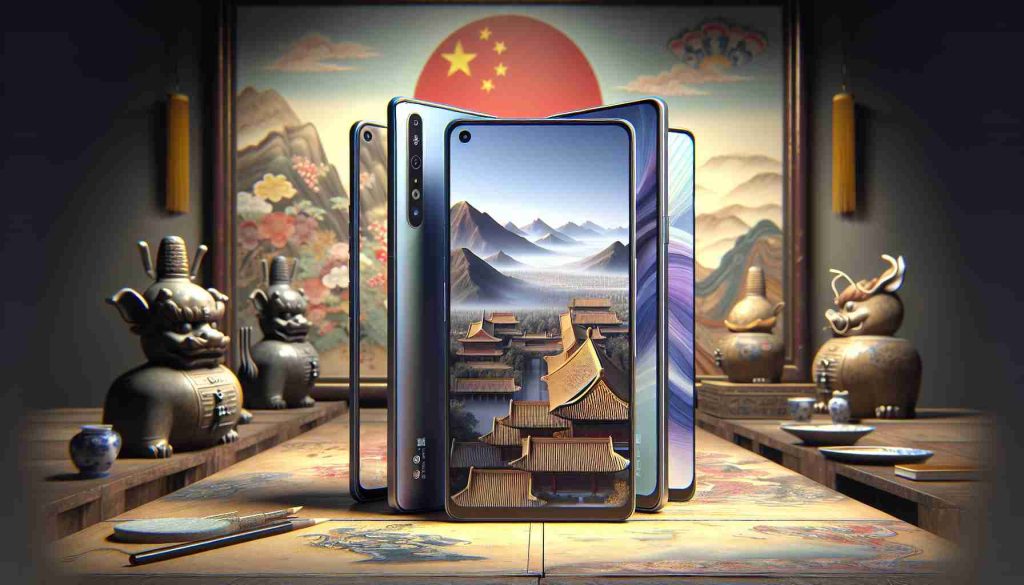A shift in market dominance: Recent data reveals that Apple’s market share in China dropped from 15% in Q1 to 14% in Q2, a 16% decrease compared to the previous year. Once ranking third in smartphone manufacturing, Apple’s position has now fallen to sixth place, producing approximately 9.7 million units.
New innovations taking center stage: In contrast to Apple’s challenges, local Chinese brands like Vivo, Oppo, and Huawei are gaining ground with their focus on premium products and deep partnerships within local supply chains. The latest Honor Magic V3, incorporating GenAI technology, has significantly enhanced user experiences on foldable devices, showcasing the effectiveness of these strategies.
The resurgence of local brands: Vivo leads the pack from April to June with a 19% market share and 13.1 million units sold, driven by robust online and offline sales during e-commerce festivals like “618.” Oppo follows closely with 11.3 million units, propelled by the introduction of the new Reno 12 series. Huawei’s subsidiary Honor secures the third spot with 10.7 million units, marking a 4% growth from the previous year.
A changing landscape: Huawei now holds 15% market share with 10.6 million units sold, a significant comeback in China’s consumer market following the success of the Mate 60 smartphone. Xiaomi rounds out the top five, drawing attention with its debut electric vehicle, the SU7.
Overall market growth: The Chinese smartphone market experienced a 10% growth in Q2 compared to the previous year, with over 70 million units shipped, underscoring the increasing influence of local brands in shaping consumer preferences.
The Rise of Local Brands in China’s Smartphone Market: A Deeper Dive
As the landscape of China’s smartphone market continues to evolve, several key questions emerge regarding the rise of local brands and their impact on the industry.
What are the most important questions surrounding the growth of local brands in China’s smartphone market?
One crucial question is how local brands like Vivo, Oppo, and Huawei are able to compete with established global players like Apple in terms of market share and innovation. Additionally, it is important to understand the strategies these local brands employ to differentiate themselves and attract consumers in a highly competitive market.
What are the key challenges or controversies associated with the increasing dominance of local brands?
One key challenge is the potential impact on global brands like Apple, Samsung, and others, as local brands continue to gain traction and market share. This shift in dominance could lead to intensified competition and potentially disrupt the market dynamics that have been in place for years. Controversies may also arise regarding intellectual property rights, technology theft, and fair business practices among local and global players.
Advantages and Disadvantages of the Rise of Local Brands:
Advantages: Local brands bring a deep understanding of the Chinese consumer market, allowing them to tailor products and marketing strategies to local preferences. They also benefit from close relationships with local suppliers, enabling quicker product iterations and innovation. Additionally, the success of local brands fosters a sense of national pride and promotes homegrown innovation in the tech industry.
Disadvantages: One potential disadvantage of the rise of local brands is the risk of market saturation and increased competition within China, which could lead to price wars and decreased profitability for manufacturers. Furthermore, local brands may face challenges when expanding into global markets due to differences in consumer preferences and brand recognition outside of China.
In conclusion, the rise of local brands in China’s smartphone market presents both opportunities and challenges for the industry as a whole. Understanding the factors driving the success of local brands and how they impact the market dynamics is crucial for stakeholders to navigate the rapidly evolving landscape of the Chinese tech industry.
For more insights on the latest trends and developments in the smartphone market, visit Statista.
























